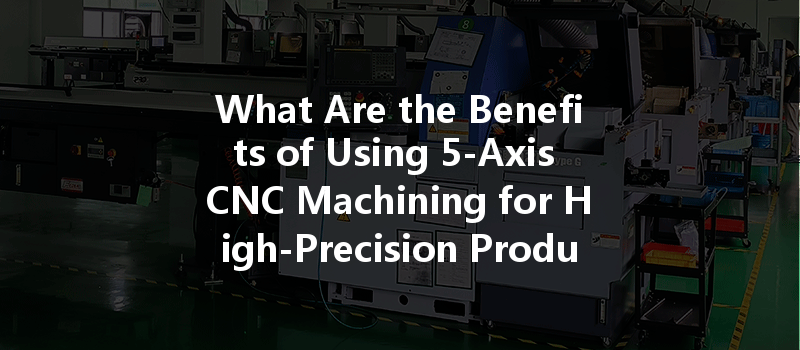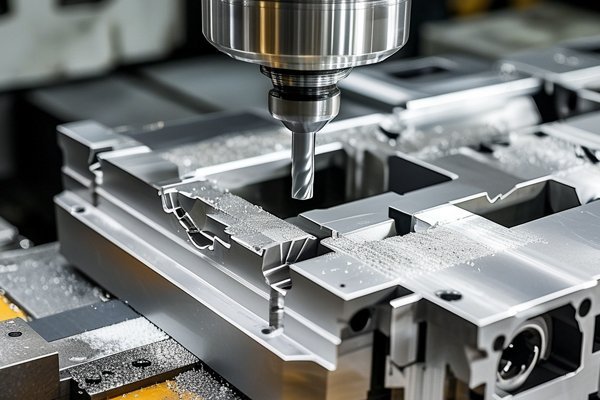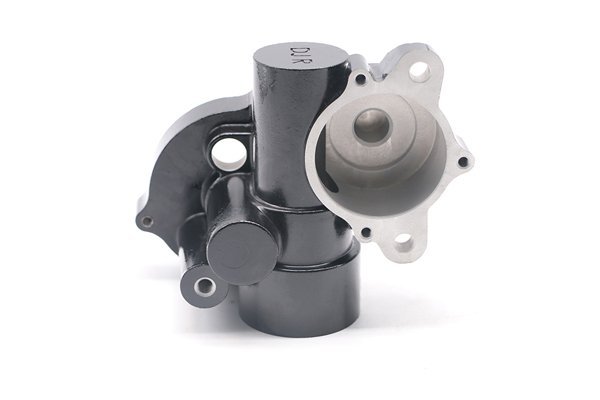Have you ever wondered how manufacturers achieve the incredibly complex geometries that we see in products today? As technology advances, the demand for precision in manufacturing has never been higher. In fact, according to a report by Allied Market Research, the global CNC machine market is projected to reach $100 billion by 2026, with 5-axis machines taking a significant portion of that growth due to their versatile capabilities.
5-axis CNC machining has become a game-changer in industries ranging from aerospace to medical devices, allowing manufacturers to produce intricate parts with reduced machining time and increased accuracy. But what exactly makes 5-axis machining superior, and how can it benefit your production processes? Let’s dive deeper into this advanced machining technique, examining its benefits, applications, and reasons why adopting it can lead to high-precision products that stand out in the market.
What is 5-Axis CNC Machining?
Before exploring the numerous benefits of 5-axis CNC machining, it’s crucial to understand what it is. Traditional CNC machines operate on three linear axes (X, Y, and Z), moving the tool along those three directions to carve out parts. In contrast, a 5-axis CNC machine can move along the same three axes while also rotating on two additional axes, typically referred to as A and B. This multidimensional capability allows the machine to access complex surfaces and features without the need for repositioning the part, leading to increased efficiency and accuracy.
Benefits of Using 5-Axis CNC Machining
One of the most significant advantages of 5-axis machining is its ability to produce high-precision components. The simultaneous movement along five axes minimizes the errors typically associated with repositioning a part multiple times. According to studies, switching to 5-axis machining can reduce dimensional tolerances by up to 50%.
Instead of repositioning the workpiece for various operations, a 5-axis CNC machine can perform all necessary actions in a single setup. This is particularly beneficial in scenarios where intricate details are required, as it eliminates the need for fixtures and tool adjustments that would otherwise increase setup time.
With the capability to approach the workpiece from multiple angles, 5-axis CNC machines can achieve better surface finishes. The sophisticated machining paths allowed by this technology help in reducing tool marks and improving the overall quality of the finished product.
By allowing for more complex cuts and reducing the need for additional setups, 5-axis machining maximizes the use of material. This efficiency not only saves costs but is also more environmentally friendly as it minimizes metal waste.
Engineers and designers often find themselves constrained by the capabilities of traditional machines. However, with 5-axis machining, the design possibilities are significantly expanded. Complex geometries that were once thought impossible can now be achieved, enabling the production of unique and innovative components.
As industries require faster turnarounds for product development, 5-axis machining proves invaluable. The combination of fewer setups, faster machining cycles, and reduced rework times leads to shorter lead times, allowing manufacturers to meet deadlines more effectively.
While 5-axis CNC machining is often seen as more expensive, it is actually economical for small-batch production. The time saved in setup and machining offsets the higher initial costs, making it cost-effective for in-demand industries such as aerospace and medical device manufacturing.
5-axis machining is particularly popular in industries that deal with complex shapes and intricate designs. Aerospace components, for instance, frequently require high levels of detail and can benefit from the efficiency of 5-axis machining capabilities.
Applications of 5-Axis CNC Machining
Given its versatility and precision, 5-axis CNC machining has applications across a wide array of industries:

Aerospace Industry
In the aerospace sector, manufacturers often produce components with complex geometries, such as turbine blades and housing structures. 5-axis CNC machines can create these components efficiently while ensuring strict adherence to safety standards and specifications.
Medical Device Manufacturing
Precision is critical in medical devices, where even the slightest manufacturing error can have significant consequences. 5-axis machining allows for the production of intricate parts like surgical instruments and implantable devices.
Automotive
The automotive industry frequently requires unique prototyping and production solutions. 5-axis CNC machining is employed to manufacture components like engine parts, frames, and custom-designed pieces that meet regulatory standards.
Energy Sector
With the rise of new energy solutions, suitable components are needed for wind turbines, solar panels, and other innovations. 5-axis machining allows for the production of these parts with complex designs that maximize efficiency.
Choosing the Right 5-Axis CNC Machine
When considering the implementation of 5-axis CNC machining, it’s important to select the right machine for your needs. Factors to consider include:
Best Practices for 5-Axis CNC Machining
To fully leverage 5-axis machining capabilities, adhere to the following best practices:
5-axis CNC machining offers a plethora of benefits that can transform manufacturing processes for high-precision products. From enhanced accuracy to improved efficiency and reduced lead times, this advanced technology is reshaping industries across the globe. By understanding the practical applications and carefully implementing best practices, manufacturers can harness the advantages of 5-axis machining to stay ahead in an increasingly competitive landscape.
In an era dominated by the quest for precision, the investment in 5-axis CNC machining might just be the solution your business needs for efficiency and innovation. Embrace the future of manufacturing; your high-precision products will benefit from it, ensuring quality, sustainability, and success in your industry.






